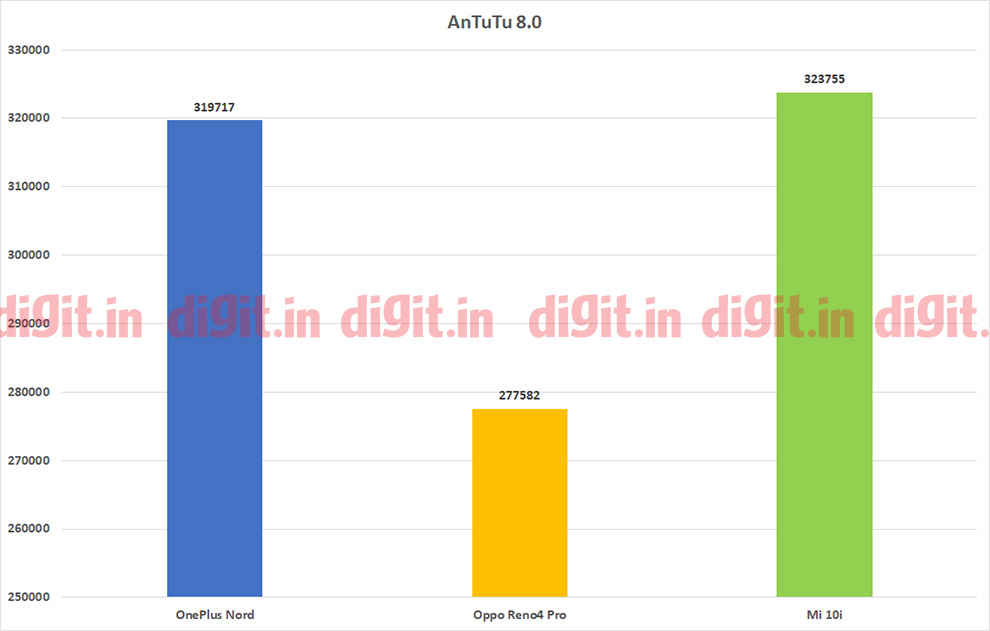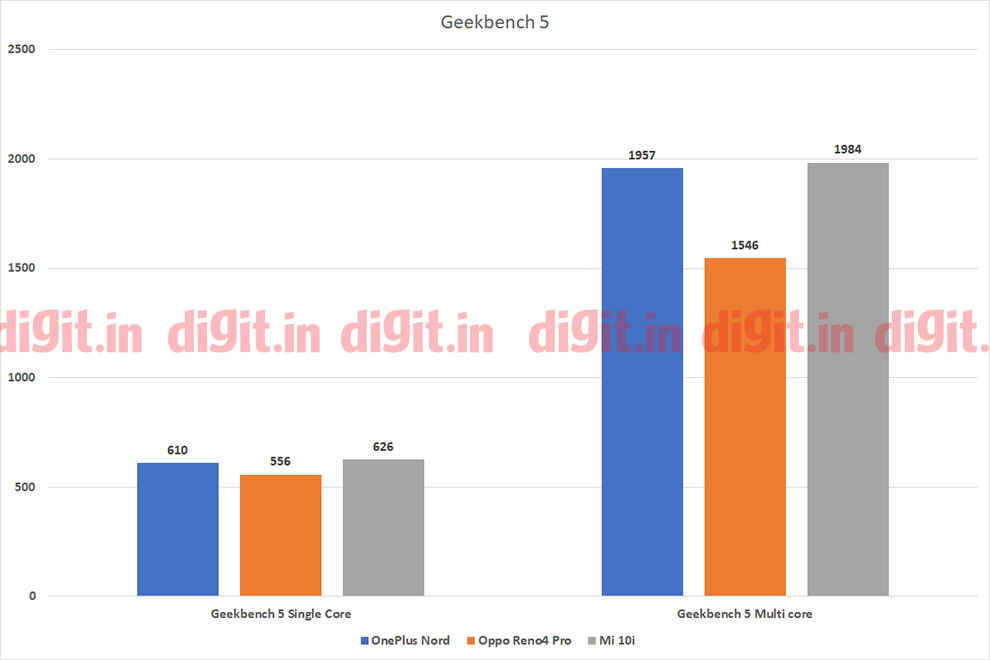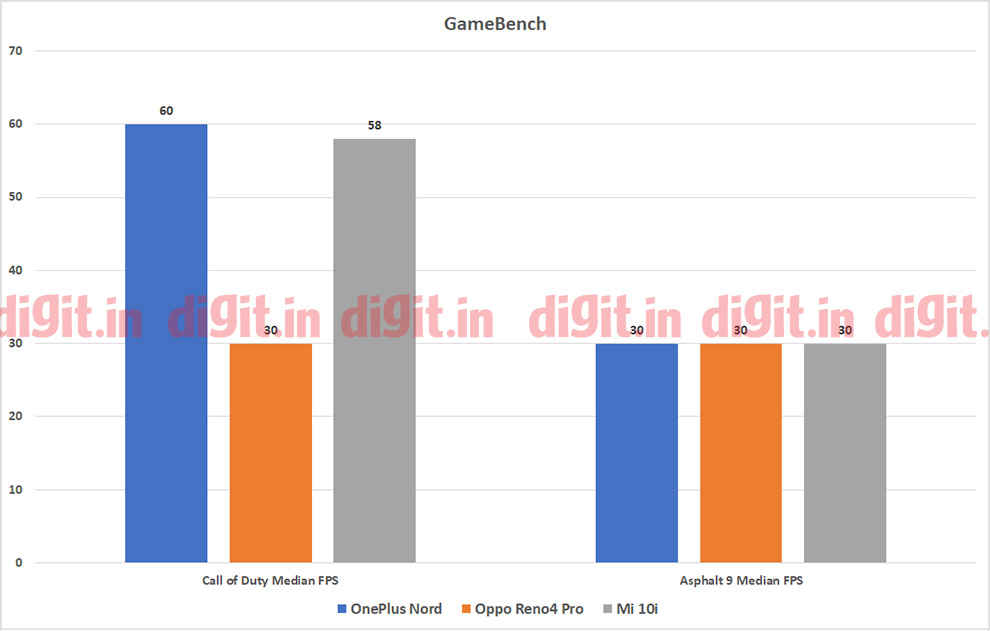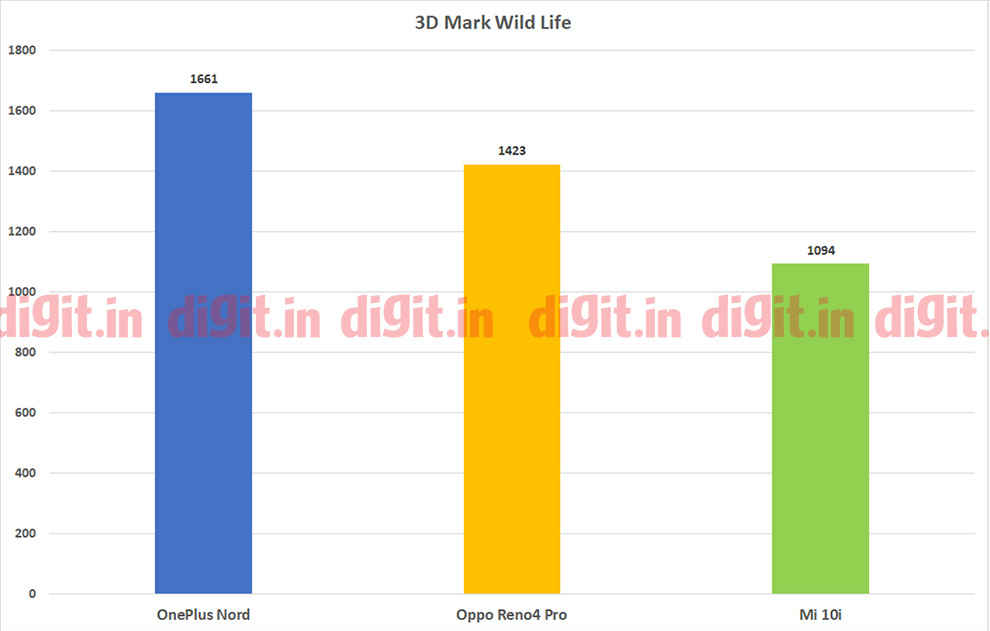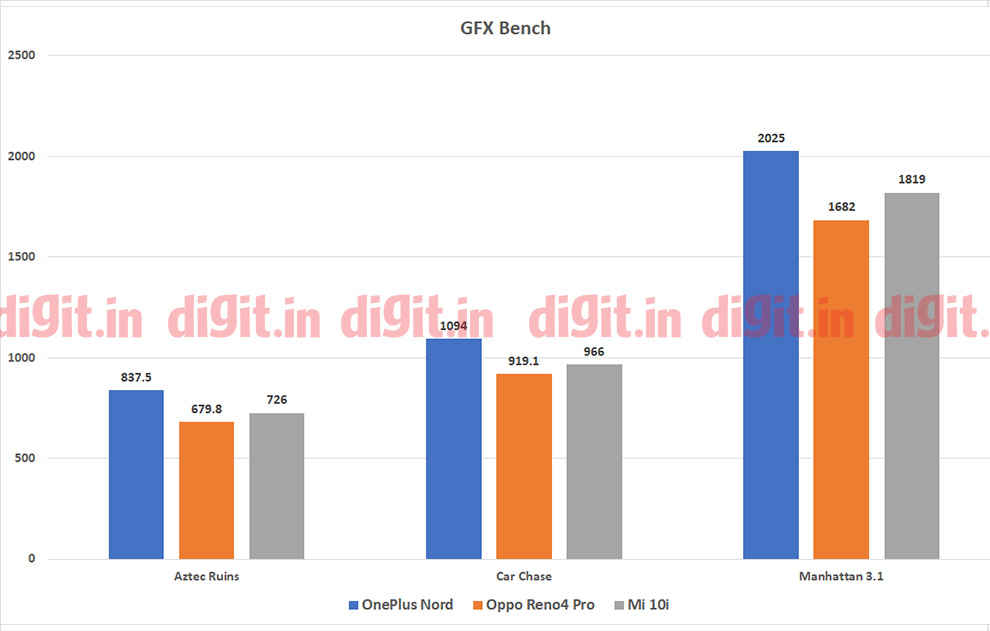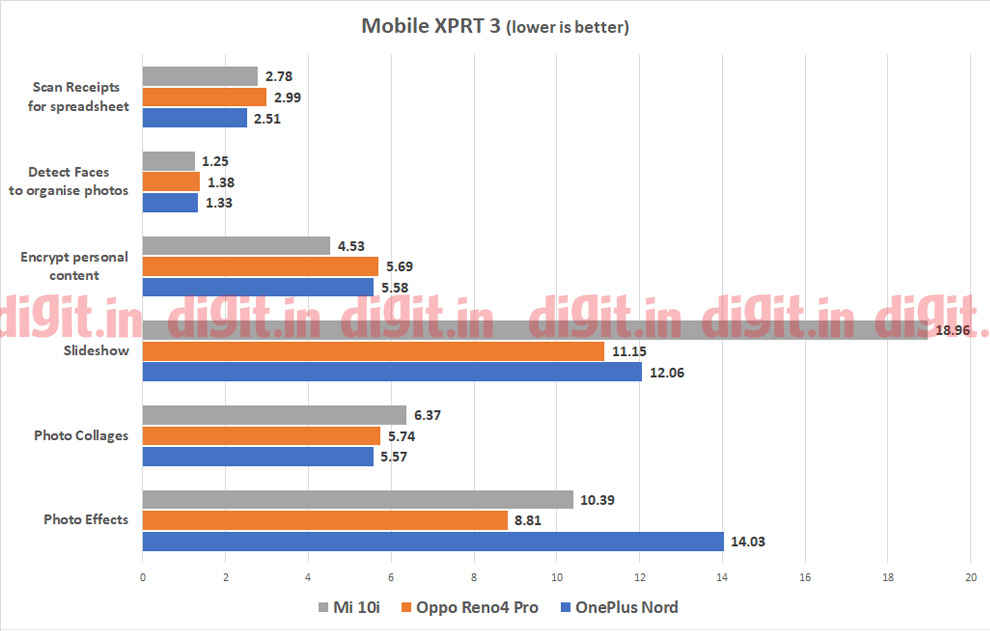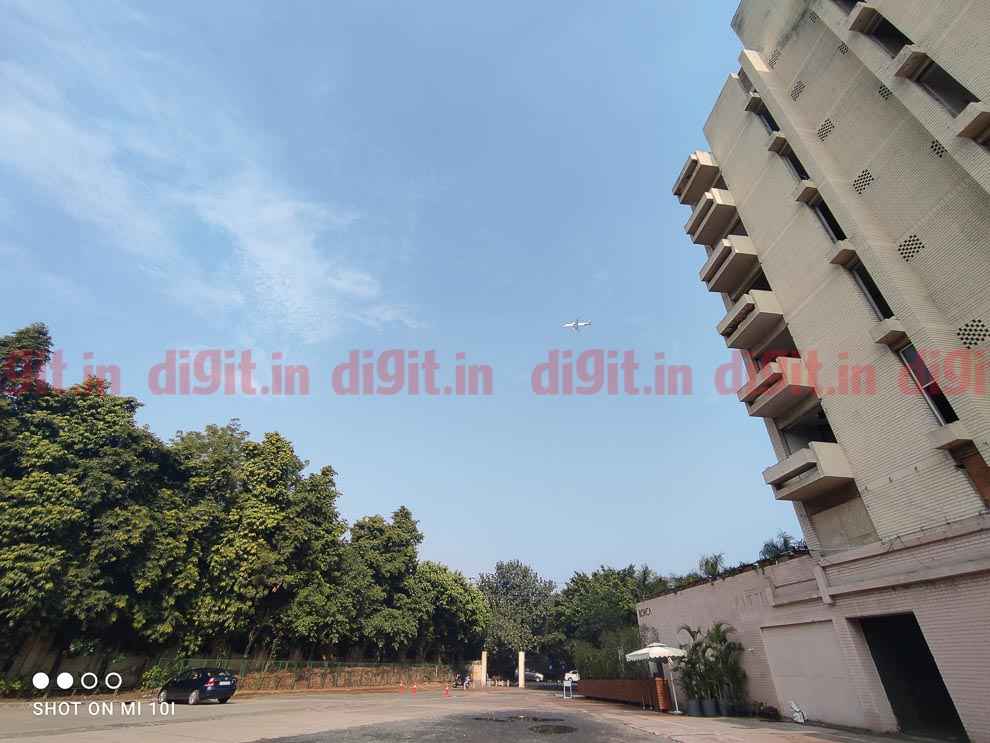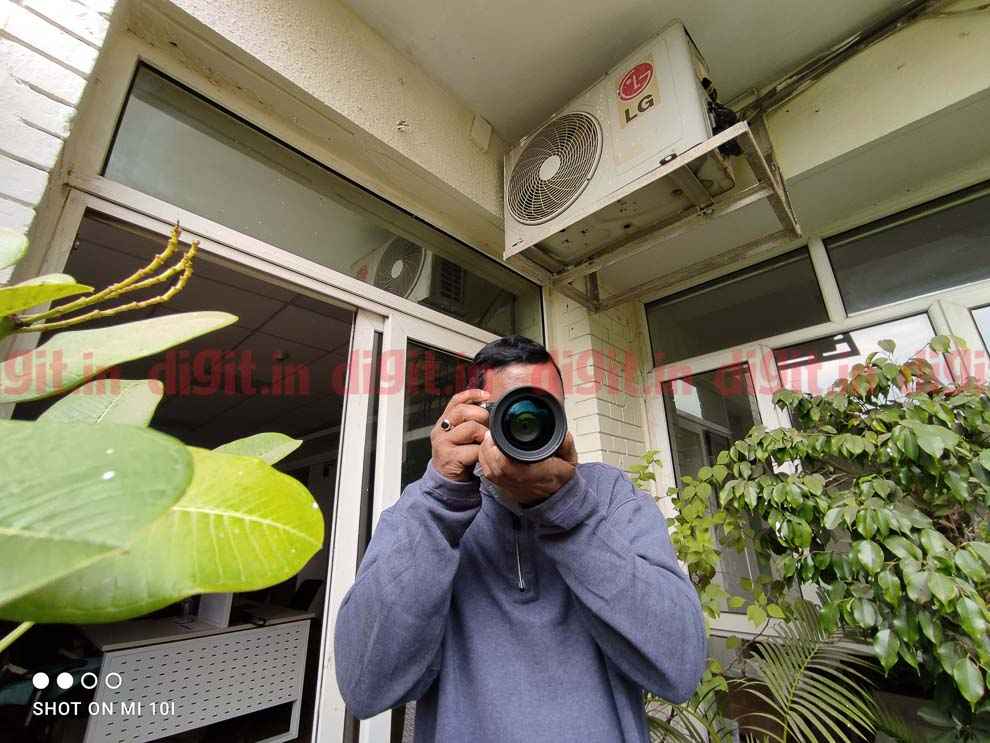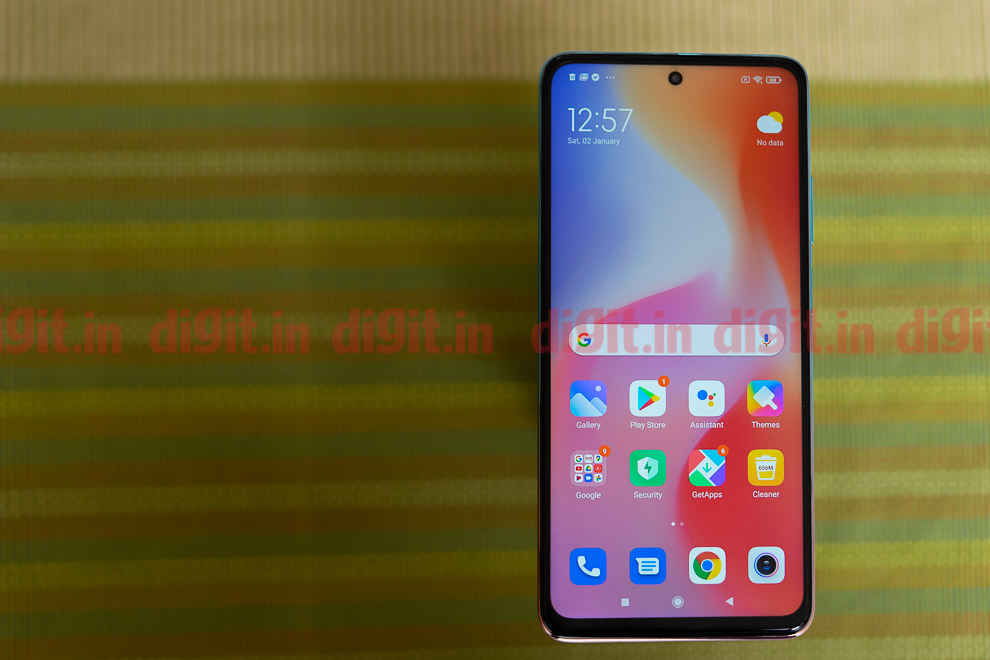Mi 10i Review Review : Democratising expensive features
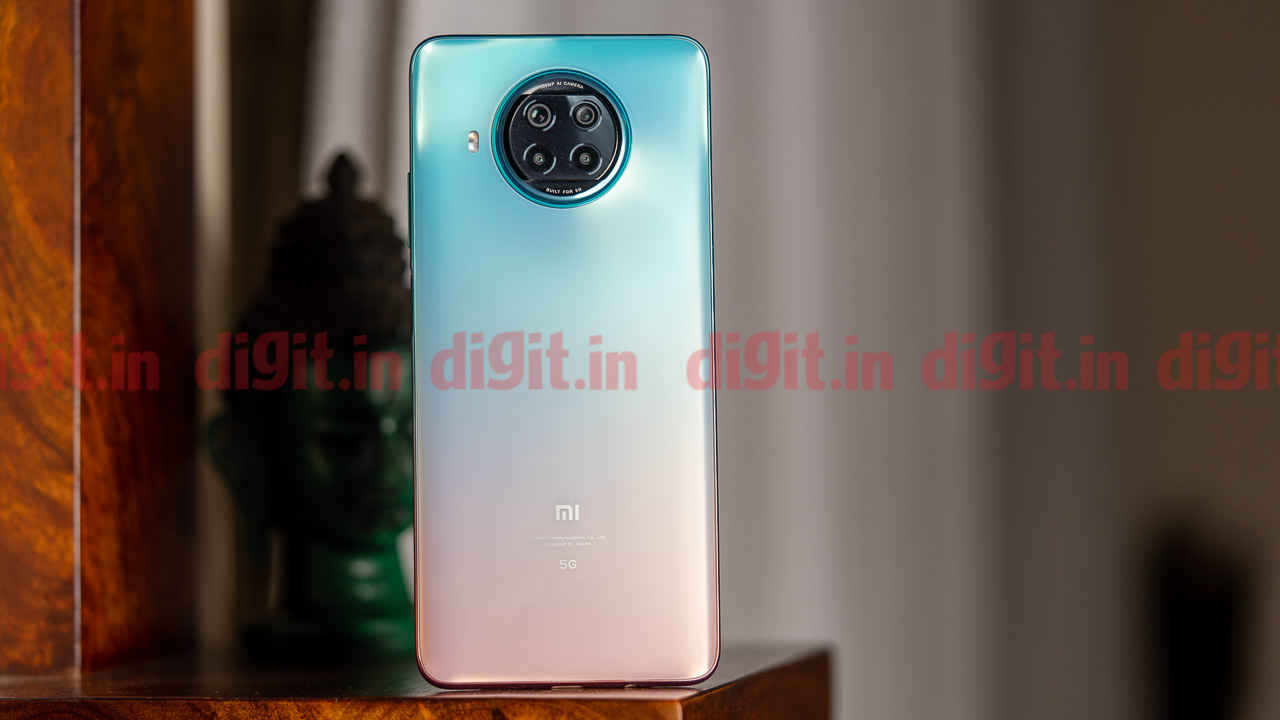
The Mi 10i is a very strong contender to set the bar for the mid-range segment in 2021. It brings a number of "expensive" features to a phone that's priced lower than most of its competitors. Users get a 108MP primary camera which has good performance and a 120Hz IPS-LCD display with very impressive colours. The phone itself is a stunning device thanks to its elegant design. The side-mounted fingerprint sensor works really well and the IP53 rating lends to the notion of durability when it comes to the Mi 10i. You also get a headphone jack on the phone, which is really nice. What doesn't work for the Mi 10i, however, is the display, which has a fairly low peak brightness, and suffers from reflection issues when using outdoors or in places with strong ambient lighting.
Xiaomi is kicking off the year 2021 strong with the launch of the Mi 10i. The phone comes in squarely in the mid-range segment currently ruled by the OnePlus Nord. The Mi 10i brings with it a number of features usually found only in more expensive devices like a 108MP primary camera, a display that goes all the way up to 120Hz refresh rate and also sports IP53 rating. But does on-paper numbers make for a value for money device? We have the answers.
Mi 10i Performance
The Mi 10i is powered by the new Qualcomm Snapdragon 750G chipset. With this, you get 2 performance cores going up to 2.2GHz and 65 efficiency cores that clock up to 1.8GHz. Our review unit comes with 8GB RAM, although there is a cheaper 6GB variant available as well. Now Qualcomm, over the last year has launched a number of chipsets. We have the OnePlus Nord (Review) with the Snapdragon 765G, the Oppo Reno4 Pro (Review) with the Snapdragon 720G and now, the Mi 10i with the 750G. The Snapdragon 765G remains the top-end SoC in this lineup, with the 750G slotting in between the 765G and the 720G. We see this reflect across our testing as well, as shown in the charts below.
As expected the OnePlus Nord continues to mostly lead in performance for both CPU and GPU, faltering behind the Mi 10i only in a few tests. In real world usage however, the experience is a little different. While using the phone for normal day-to-day tasks is butter smooth, playing games like CoD Mobile on the Mi 10i was not as smooth as playing it on the Nord. This, we see reflected in the notably lower frame-rate stability. While the OnePlus Nord had a 98 percent frame-rate stability at 60fps, the Mi 10i was only able to maintain a 73 percent stability of the same game, while delivering 58fps. The metrics were recorded using GameBench.
Mi 10i Camera
The star-feature of the Mi 10i is the 108 megapixel primary camera. However, Xiaomi is using Samsung’s HM2 sensor instead of the HM1 used on the Mi 10 (Review), which has a slightly smaller pixel pitch (0.7 microns vs. 0.8). Regardless, the results are still impressive. The colours and dynamic range are very much comparable to the binned result, a surprising feat. However, the larger resolution file has lesser sharpness in comparison to the binned file. Additionally, when shooting in the 108 Megapixel mode, the AF slows down noticeably and the time between two shots increases by up to 4 seconds. The latter is likely due to the higher amount of processing power required to merge and tone-map a 108 megapixel file instead of having to deal with just 12 million pixels (a binned image).
Note: All images embded below have been resized for web. To view the full-size, original JPGs, head over to our Flickr Page here.
When considering the binned results, the clear advantage here is the speed (faster AF, negligible time between shots) and notably sharper images. One could argue that a 108MP image could be sharpened in post production, but adding sharpness in post hardly ever yields the same kind of results than the native sharpness added by the ISP.
.
The ultra-wide camera on the Mi 10i is above average, offering decent sharpness in the center with a noticeable fall-off towards the edges. The lens also shows noticeable distortion, which is hard to control if your subject is close. The lack of auto focus makes creative framing impossible and you’re limited to shooting subjects that are far away due to the lens’s focus locked at infinity.
The Macro lens on the Mi 10i is surprisingly good, if you can ever manage to get the shot right. It allows you to get really close to the subject, but unfortunately, the closer you are to a subject, the more noticeable shake gets. Even the very act of inhaling or exhaling can change the distance between the lens and the subject, resulting in an out-of-focus shot. There’s no image stabilization and no way to actually tell if your shot is in focus. This isn’t a problem unique to the Mi 10i, but given it renders a camera module practically useless, its high time manufacturers start focusing on making it better, or eliminate it completely.
With respect to low light, we see the Mi 10i falls in line with the Nord’s performance. Shooting in low light in the normal camera mode yields under-exposed images with completely crushed shadows and contrast. Switch over to Nigh Mode, however, and the frame brightens up, allowing more details to be captured in the shadow area, while balancing out the contrast. Interestingly, a low light shot takes nearly the same amount of time, whether its in normal mode or night mode, but the results are visibly better in the night mode.
Mi 10i Display
The Mi 10i sports a 6.67-inch IPS-LCD panel with a refresh rate of a whopping 120Hz. To make it more lucrative for gamers, Xiaomi’s using a panel with a 240Hz polling rate, which means every swipe and every movement of your finger is going to be registered in all its accuracy. This we were able to corroborate during our gaming sessions. The 120Hz is something you won’t ever be able to leverage in-game, but it does make navigating the UI way more pleasing. The fact that you get Xiaomi’s AdaptiveSync on this phone is also great, seeing as how it will automatically switch the frame rates to match the content.
The panel comes with an HDR10+ certification, but at the time of writing this review, Netflix didn’t recognize the phone as HDR-compliant, although YouTube HDR worked just fine. We do hope that Netflix certifies the Mi 10i soon for HDR playback, given that the phone does have WideVine L1 certification.
The peak brightness as tested by us capped out at 350 nits, which is definitely on the lower side, especially for a display that has an HDR10+ certification. However, the lower-than-competition peak brightness isn’t the real problem, its reflections. The panel is rather reflective and unless you’re looking directly at it, you’re going to have legibility issues. When shooting outdoors, it was difficult to tell what was on the display due to the heavy reflectance. I do feel that removing the screen protector could help, but that’s detrimental to the idea of having a screen protector in the first place. We don’t see this kind of a problem on other smartphones like the Oppo Reno4 Pro or even the OnePlus Nord, both of which come with a screen protector pre-applied.
Overall, the choice of going IPS over AMOLED clearly has had its pros and cons. The advantage has been the higher refresh rate without a cost penalty, but the downside is the notably lower peak brightness. The good thing is that it is entirely possible to boost the peak brightness via a software update, but only up to a point. It is possible that Xiaomi might address this, so we will circle back to the peak brightness issue in a few months.
Mi 10i Battery Life
The excellent battery life on the Mi 10i is courtesy a 4820mAh battery which supports a modest 33W fast charging. One episode of watching Altered Carbon being streamed via Netflix cost only 8 percent battery (started at 100 percect) while one round of CoD Mobile cost only 6 percent battery (started at 80 percent). The phone easily lasts one full day of excessive use, which includes about an hour and a half of CoD Mobile, around 4 hours of phone calls and almost all-day music playback via Bluetooth. Xiaomi’s 33-watt fast charging is also very helpful in topping off the battery quickly, going from 0 to 50 percent in about 35 minutes while a full top up takes only 58 minutes. Honestly, there is little to complain when it comes to the battery life on this phone.
Conclusion
The Mi 10i is a surprisingly good balance between performance and imaging. While the 750G does not match up to the performance of the Snapdragon 765G found on the OnePlus Nord, it does come fairly close. In terms of imaging, the Mi 10i overall does come out ahead of the Nord, thanks to its better detail retention. The display could have been better and while on paper it seems to check off the right boxes, the relatively low peak-brightness paired with the high reflectance does make it a difficult one to use outdoors. If you already love MIUI, then the MI 10i will be no stranger to you. If you like a clean, no-fuss flavour of android, then the Nord is a far better bet, as is the case if you’re looking for a gaming-centric smartphone. The Mi 10i does check off a whole lot of boxes and we do hope that Xiaomi will continue to improve the performance of the SoC and the camera via updates.
Swapnil Mathur
Swapnil was Digit's resident camera nerd, (un)official product photographer and the Reviews Editor. Swapnil has moved-on to newer challenges. For any communication related to his stories, please mail us using the email id given here. View Full Profile

